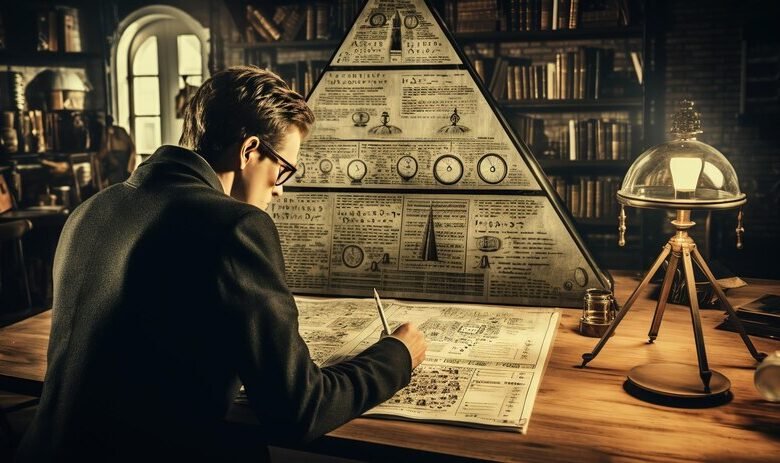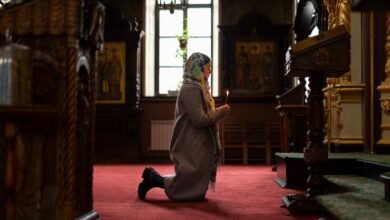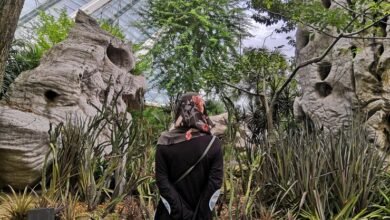Does the Masonic Lodge in Willits Have a Back Entry? A Historical Examination

The Masonic Lodge in Willits has long been a point of intrigue for history enthusiasts and scholars alike. Steeped in local history and a symbol of fraternal tradition, this landmark is more than just an architectural marvel—it tells the story of Willits’ community and heritage. Among the many curiosities surrounding the lodge, one question captures attention and sparks debate: does the Masonic Lodge in Willits have a back entry? This post dives into the evidence, shedding light on architecture, historical records, and local lore.
Whether you’re a history enthusiast or someone curious about the unique customs and secrets of Masonic lodges, this investigation offers a captivating glimpse into the past.
The Role of the Masonic Lodge in Willits’ History
The Masonic Lodge in Willits stands as a testament to the profound role the Freemasons played in shaping communities and fostering brotherhood. Freemasonry, a fraternal organization that traces its origins to the Middle Ages, expanded its reach across the United States in the 18th and 19th centuries. Local chapters, also known as lodges, were not only social halls—they were foundations for community building, charitable efforts, and mutual aid.
The Masonic Lodge in Willits reflects this rich legacy. Established during the town’s formative years, it hosted events, planned communal activities, and supported local causes, all while maintaining its mystique. Adding to its air of enigma are speculations about its structure, including rumored hidden compartments and back entries.
Masonic Lodges in the United States: A Tradition of Secrecy and Influence
Masonic lodges across the United States often serve as architectural representations of Freemasonry’s values—symbolism, structure, and unity. These buildings were constructed with great attention to detail, reflecting the principles of geometry and order valued by the organization.
The secrecy associated with Freemasonry extends to its architectural designs. Many lodges possess intricate layouts, concealed rooms, and hidden passageways meant to ensure members’ privacy and provide secure meeting spaces, especially during their expansion in the 18th and 19th centuries.
With rumors of secret tunnels and doors surrounding various lodges nationwide, it’s not surprising that the Masonic Lodge in Willits has inspired questions about its possible back entry. To understand whether such a feature exists, it’s necessary first to examine the lodge’s construction and architectural details.
Architectural Highlights of the Masonic Lodge in Willits
The Masonic Lodge in Willits is a significant example of thoughtful architectural design. Like many Masonic buildings of its era, it reflects a blend of Neoclassical and vernacular styles, balancing grandeur with practicality. Large ceremonial halls, small adjoining chambers, and elevated aesthetics often define Masonic spaces, symbolizing unity and higher ideals.
Paying attention to every imaginable detail, Masonry in architecture often incorporates:
- Columns and Pillars – A nod to strength and stability.
- Hidden Compartments – Serving both functional and symbolic purposes.
- Dual Entries – Sometimes found in Masonic lodges, these allowed discreet entry or exit, often attributed to their focus on secrecy and ritual.
The lodge in Willits is no exception. Anecdotal accounts from locals describe its beautiful craftsmanship, but the question remains—does it have a discreet back entry, and what purpose might it serve?
The Rumored Existence of a Back Entry
The possibility of a back entry at the Willits Masonic Lodge has been a source of speculation for decades. Reports from local residents and folklore suggest the existence of a hidden entry point, possibly used for rituals or as a way to grant members undetected access to meetings.
However, the rationale behind such features, if present, may be more practical than mysterious. A back entry might have simply been used to facilitate logistical operations, such as bringing in supplies for large gatherings or as an alternative fire exit. Alternatively, it could have served to adhere to Freemasonry’s emphasis on privacy, ensuring members’ discretion as they entered or left the building.
To uncover whether this architectural feature exists, it’s worth taking a closer look at historical records and firsthand accounts.
Digging Into Historical Records and Site Visits
Unearthing the truth behind the back entry begins with examining historical documents and conducting on-site investigations. Historical blueprints and architectural plans for the lodge, if available, would provide the clearest answer. Unfortunately, such records are often hard to access, locked away in archives or protected due to the lodge’s enduring cultural significance and privacy concerns.
However, accounts from local historians and previous site visits suggest that while the lodge does have a secondary access point, it may not fully fit the dramatic lore of “secret” Masonic back entries. Field observations reveal standard architectural elements, such as utility doors and side passages, often mistaken for concealed exits.
Could the myths surrounding the back entry be a case of legend outgrowing fact? Perhaps, but without definitive access to original plans, the question remains partially open to interpretation.
Understanding the Significance of the Back Entry
If the existence of a back entry or secondary door in the Masonic Lodge in Willits could be verified, it would add a fascinating layer to the lodge’s story. A back entry, whether functional or symbolic, underscores the lodge’s dual role—serving as both an open community hub and a private meeting space.
Such an entry may also speak volumes about the Freemasons’ values. It could symbolize equality and discretion, allowing all members to enter unobserved, regardless of socioeconomic status. Alternatively, it could simply align with the opportunistic practicality that shaped many historic buildings of that era.
Regardless of its purpose, the significance of uncovering such features lies in their ability to deepen our understanding of history, culture, and the intricate role Masonic lodges played in shaping communities.
Take a Closer Look at History
The Masonic Lodge in Willits offers a glimpse into the past, raising questions that spark the curiosity of history enthusiasts and architectural admirers alike. Whether the back entry exists or not, exploring the lodge’s story reminds us of the blend of history, community, and mystery inherent in Masonic traditions.


